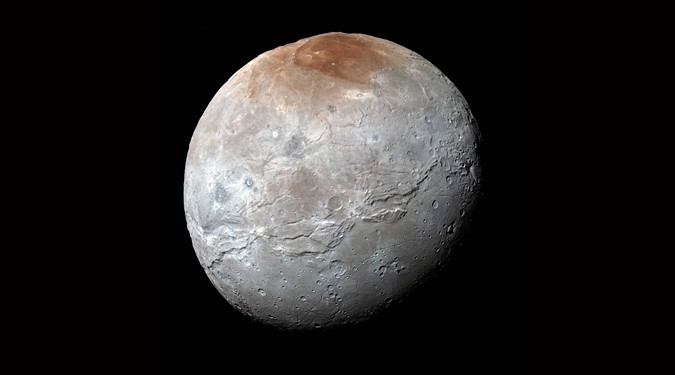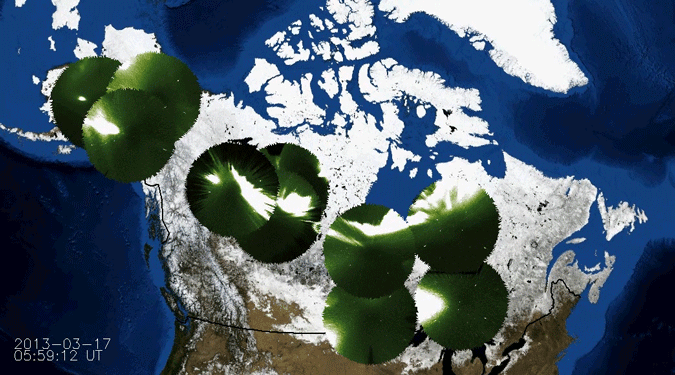Gaia's 3D map of the Milky Way hints at hidden treasures
Meteorologist/Science Writer
Wednesday, September 14, 2016, 3:13 PM - We now have an amazing preview of the first 3D map of our Milky Way galaxy, and it hints at some amazing discoveries to come! It's What's Up In Space!
Gaia's very first sky map
In celebration of the Gaia spacecraft's 1,000th day in space, the European Space Agency has released the mission's very first map of the Milky Way galaxy - our home in the Universe.

Gaia's 3D Milky Way map stretched out and laid flat. Credit: ESA/Gaia/DPAC
Launched into space on December 19, 2013, Gaia set itself up at the L2 Lagrange Point, which is directly in Earth's shadow. From this prime viewing location, the spacecraft has been spinning away, and began gathering images of the space that surrounds us, with the primary goal of delivering the first ultra-detailed map of the Milky Way galaxy. The first results, from its first 14 months of scanning, is shown above. Below is an annotated version, pointing out the locations of the galaxies that surround us.

The same map, annotated with the locations of galaxies in our neighbourhood of the Universe. Credit: ESA/Gaia/DPAC Click the image to enlarge
If the image looks a little strange, with swirls and loops a bit like a spirograph drawing, its due to the way that Gaia gathered the images that have gone into the map.
As groundbreaking as this map is, it is really just the beginning. According to the ESA, Gaia's ultimate goal is to chart the positions, distances and motion of around 1 per cent of the stars in the Milky Way. That's a total of one billion stars!
"The road to today has not been without obstacles," Fred Jansen, Gaia mission manager at ESA, said in a press release on Wednesday. "Gaia encountered a number of technical challenges and it has taken an extensive collaborative effort to learn how to deal with them."
"But now, 1000 days after launch and thanks to the great work of everyone involved," he added, "we are thrilled to present this first dataset and are looking forward to the next release, which will unleash Gaia’s potential to explore our Galaxy as we've never seen it before."
In Other Space News
|
|
Source: ESA







